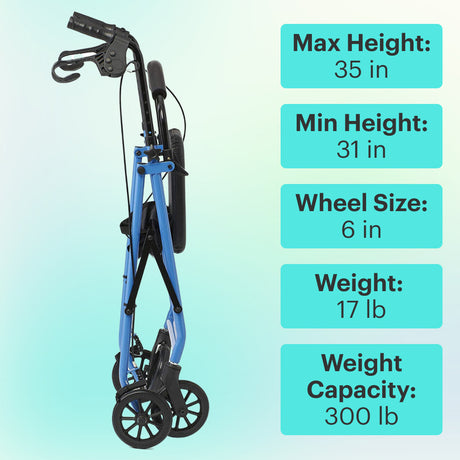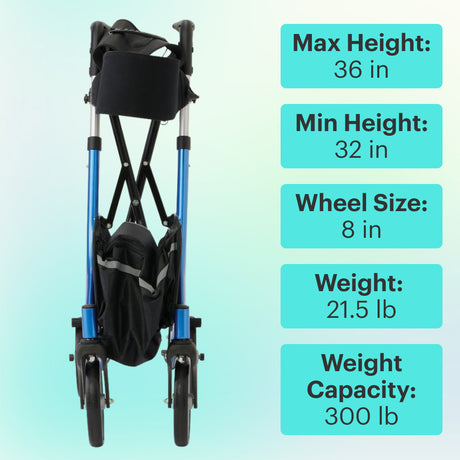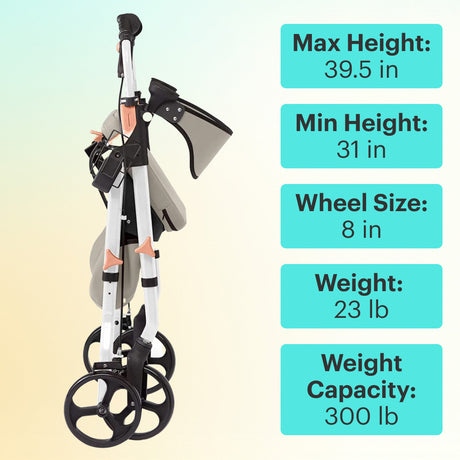As you age, your muscles and joints tend to weaken, causing you to become less mobile. This can range from simply moving at a slower pace to needing a wheelchair or other aid. Being less mobile is not only frustrating, but can have significant social, physical, and mental consequences. A loss of mobility can result in weight gain, pressure ulcers, reduced muscle strength, anxiety, incontinence, and more. It’s important to adjust your life to match your level of mobility and there are several ways to do this.
How can I prevent mobility problems?
It’s possible to lose mobility through no fault of your own. However, in cases of general mobility loss from aging, there are preventative measures you can take. If you start to notice a decline in your mobility, consult a medical professional. A doctor can determine if you have any health conditions that may not permit you to be overly active.
She might recommend seeing a physical therapist or personal trainer. The professional may also test your vision and hearing. Sensory problems can contribute to mobility decline and helping these senses can, in turn, improve mobility.
Many of the lifestyle choices that cause mobility issues can be changed to help improve mobility. Diet is one of these. Being overweight puts extra weight on your knees which can be painful. Knee pain is a common complaint from seniors. Losing weight by adopting a healthy diet can increase your mobility. A nutritionist, or sometimes a general doctor, can help calculate an appropriate weight range for you.
How can I help my mobility through exercise?
Studies show increasing muscle strength can improve your mobility as well as prevent mobility decline. Most people with mobility problems don’t have the recommended amount of physical activity for health and disease prevention. The immobility causes secondary issues that are both physical and psychological. It’s crucial to keep exercising with limited mobility.
Try to do cardiovascular exercises that raise your heart rate. Water aerobics classes are a good option because the water reduces discomfort and supports your body. Even if you use a wheelchair, you can still do cardiovascular exercises through activities such as wheelchair basketball, rowing machines, or manually pushing yourself.
Strength training is also necessary to build muscle and bone mass as well as improve your balance. Age-related muscle loss can begin as young as age 30 and becomes more extreme around age 50 and up. Any exercise involving weights is considered strength training. If you have mobility limitations in your shoulders or arms, focus on your legs and core. If you have limited leg mobility, focus on your arms. If you struggle with knee pain, try these exercises that are easy on the knees.
You can also benefit from flexibility and balance exercises. Yoga is excellent for both. If you can’t perform yoga, you can still do stretches. Working on your balance can help prevent falls. Try standing on one foot. Have something nearby to steady yourself with, such as a wall or bed. Another option is performing side leg raises. Holding onto something, lift your leg sideways with your hip muscles.
How do I prevent pressure ulcers?
Approximately five million Americans have chronic pressure ulcers. As you age, skin loses elasticity and thickness, which puts you at an increased risk of developing pressure ulcers. In the United Kingdom, it was found that people aged 80 or older were significantly more likely to develop pressure ulcers than those aged between 65 and 70. The more immobile you are, the more likely you are to develop pressure ulcers.
To prevent pressure ulcers, don’t wear clothing that is too tight and avoid clothes that have buttons, zippers, or thick seams. Try to keep them from wrinkling or bunching up. After using the bathroom, make sure you are very clean and dry. If you know you’re prone to pressure ulcers, consider using a protective cream.
It’s easy to develop pressure ulcers if you are in bed the majority of the day. Using a foam, gel, or air mattress can help. Placing a foam pillow between your knees when lying on your side, or under your heels, tailbone, or shoulders when lying on your back, can also be useful. Don’t put a pillow under your knees. Change your position at least every hour or two.
If you use a wheelchair, make sure it is the proper size for you and recheck the fit every year. Shift your weight every 15 to 20 minutes to help blood flow and temporarily take pressure off of weighted areas. When you shift, lean forward and lean to each side. Consider using a gel or foam seat cushion or a natural sheepskin pad. Avoid donut-shaped cushions.
How do I handle incontinence with declining mobility?
It can be tricky when you have both incontinence and declining mobility. Frequently rushing to the bathroom, and being slowed down by limited mobility, can result in accidents. Getting on a standard bathroom schedule can sometimes help reduce the number of bathroom breaks per day. You should also remove any obstacles in your path to the bathroom. Many people opt to use incontinence pads or diapers. Wearing these products means doing less laundry from washing clothing or bedding where leaks occurred. These products also give you confidence when socializing that you won’t have unwanted leaks and you don’t have to worry as much about a bathroom schedule when you’re out. If you want to avoid visits to a store to purchase adult pads of diapers, you can get them delivered by Because. You can have them automatically delivered each month so you never run out of products.
How can I be social with limited mobility?
Your mental health can be affected by declining mobility as well. Make sure you’re getting enough socialization. You can join a senior group, meet people on meetup.com, or go to an event at a park or library. If your socialization is affected by a lack of transportation options, there are a variety of smartphone apps you can download. Uber and Lyft are popular options for all ages. Alternatively, Envoy America, Go Go Grandparent, and Wingz are ride apps specifically created for seniors.
How do I arrange my home for declining mobility?
When you find your mobility declining, it’s important to rearrange your home to avoid falls. Remove any slippery rugs or unnecessary obstacles and always have a phone nearby. Consider putting bars near the toilet and shower. Switch to a walk-in shower, if possible, or install a shower chair. If you use a wheelchair, your door hinges can be switched out for ones specifically designed for wheelchairs. This change gives you extra room. The doorknobs can be changed to levers if you have limited mobility in your hands. If you don’t use a wheelchair, but struggle to walk, a walking aid, such as a cane, may be helpful. Declining mobility requires lifestyle adjustments both to improve mobility and make your environment more friendly for it. Start making adjustments early on so you’re prepared if your mobility declines suddenly. While a loss of mobility can be challenging, the suggestions above can make the transition easier.














